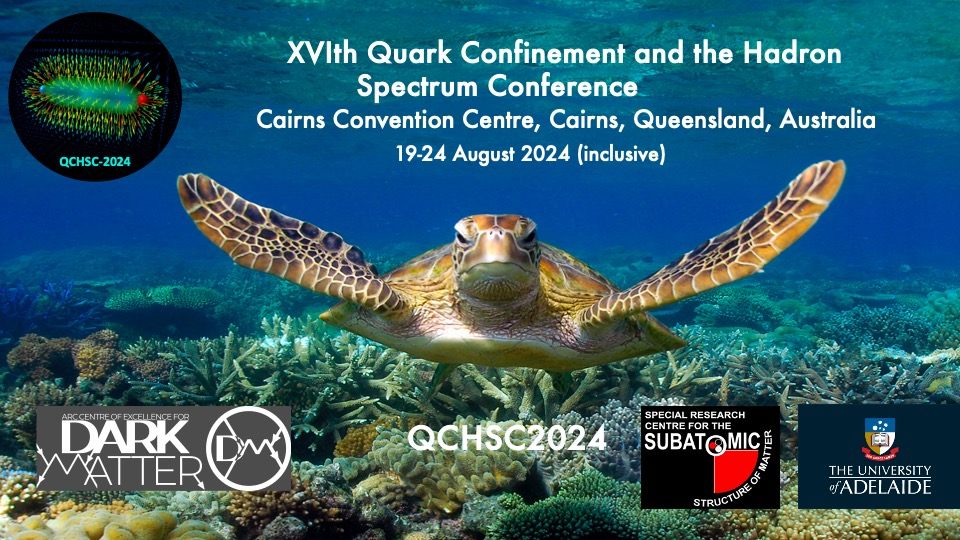Speaker
Description
We study the $J/\psi \to \phi \pi^+ a_0(980)^- (a_0^- \to \pi^- \eta)$ decay, evaluating the double mass distribution in terms of the $\pi^- \eta$ and $\pi^+ a^-_0$ invariant masses. We show that the $\pi^- \eta$ mass distribution exhibits the typical cusp structure of the $a_0(980)$ seen in recent high statistics experiments, and the $\pi^+ a^-_0$ spectrum shows clearly a peak around $M_{\rm inv}(\pi^+ a^-_0)=1420 \,{\rm MeV}$, corresponding to a triangle singularity. When integrating over the two invariant masses we find a branching ratio for this decay of the order of $10^{-5}$, which is easily accessible in present laboratories. We also call the attention to the fact that the signal obtained is compatible with a bump experimentally observed in the $\eta \pi^+\pi^-$ mass distribution in the $J/\psi \to \phi \eta \pi^+\pi^-$ decay and encourage further analysis to extract from there the $\phi \pi^+ a_0^-$ and $\phi \pi^- a_0^+$ decay modes.
